© Nrf
‘Life is a train, not a station’ (Paulo Coelho)
The forerunner of today’s trains can be traced back to around 2200 BC in antiquity, during the Babylonian era. During this period, wheeled wagons traversed stone paths, serving as precursors to modern-day rails. Over time, more efficient methods of transporting materials from mines were developed, particularly in Austria around 1500. In the late 1700s, the introduction of robust iron rails further revolutionised transport.
In the 17th century, the first real railways were built in England to minimise friction when transporting heavily loaded wheeled vehicles. On the American continent, the first railway line was built in 1764 for military purposes at the Niagara Port in Lewiston, New York. At the beginning of the 19th century, in the midst of the industrial revolution in Europe, the first functioning steam railway locomotive was built in the United Kingdom. Richard Trevithick, a British engineer from Cornwall, is regarded as the inventor of the high-pressure steam locomotive.
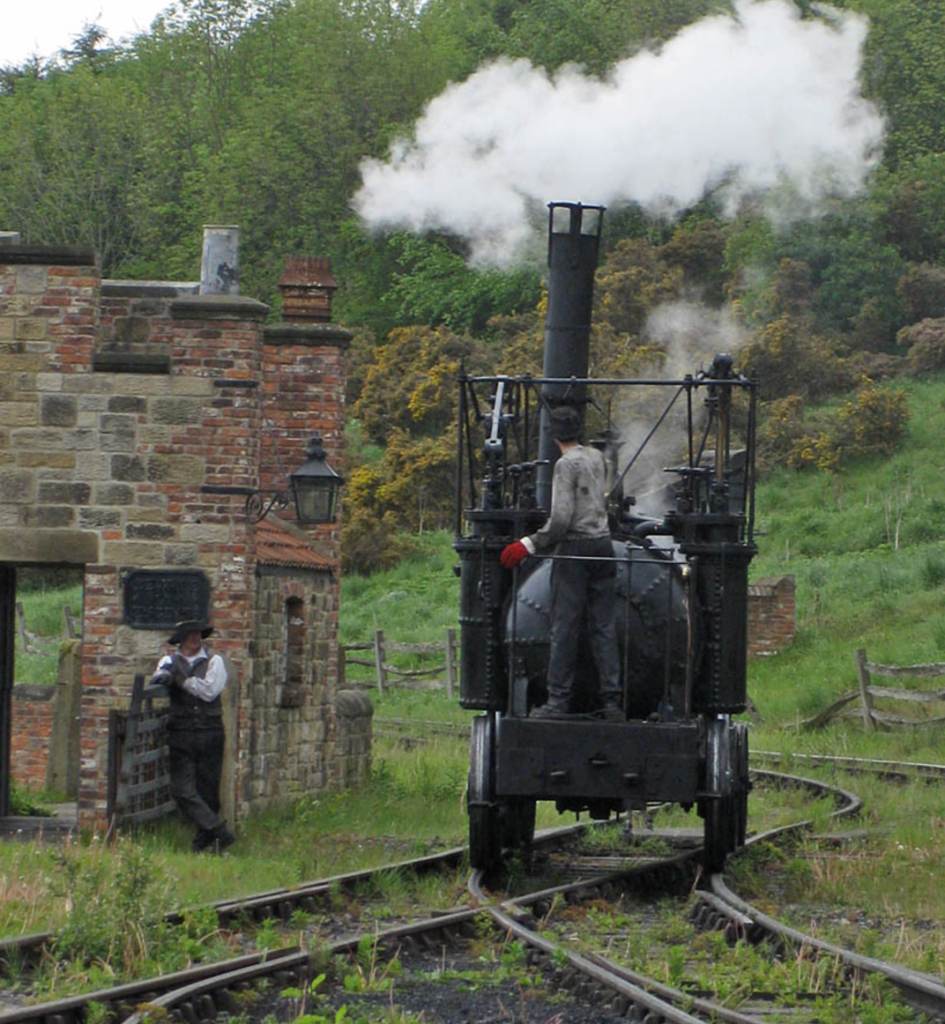
‘Puffing Billy’, the oldest surviving steam locomotive, which can still be seen in the Science Museum in London, was built between 1813 and 1814 for Wylam Colliery near Newcastle-upon-Tyne.
Initially intended for the transport of coal and other goods, the trains were eventually also used for passenger transport. The first steam-powered passenger line was established between Manchester and Liverpool in 1830. The first electric locomotive was built in 1837 by the chemist Robert Davidson from Aberdeen, who a few years later, built a larger, battery-powered locomotive called the Galvani. It was exhibited at the Royal Scottish Society of Arts Exhibition in 1841.
During the reign of Queen Victoria, the railway network in Great Britain experienced considerable growth, which then spread to the whole of Europe. Around 1860, the switch from iron to steel rails began, which offered greater strength and reliability. in 1912, the first diesel locomotive was put into operation in Switzerland, and on 3 July 1938, a class A4 locomotive, the Mallard, broke the world speed record for steam locomotives at 203 km/h – a record that still stands today. However, following World War II, the majority of trains in Europe shifted to Diesel or electric-powered engines.
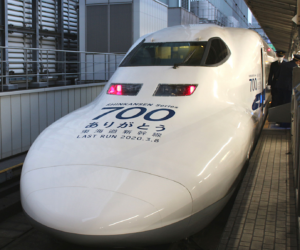
The first high-speed railway system, the Tōkaidō Shinkansen, was put into operation in Japan between Tokyo and Osaka in 1964. Due to the aerodynamic shape of the locomotive, it was soon nicknamed the ‘bullet train’. Since 1964, high-speed trains travelling at speeds of over 300 km/h have been built in many European countries as an alternative to air travel. Among the high-speed trains, the French TGV seems to be the best known, perhaps because it set the speed record at 575 km/h.
In the meantime, the Japanese set a new world record (603 km/h) in 2015 with a new prototype that uses state-of-the-art magnetic levitation technology (Maglev). The new Tokyo-Nagoya railway line, which is currently under construction, will cut travel time by around 50 per cent compared to the current Tokaido-Shinkansen line, and the entire journey to Osaka will take just 67 minutes. The trains will travel at a maximum speed of 505 km/h.
Germany briefly introduced a train system powered by hydrogen fuel cells, but this was cancelled just one year after its introduction. The German Ministry of Economic Affairs, Transport, construction and Digitalisation has indicated that a transition to cheaper battery-powered electric systems is planned in the coming years.
In the mid-20th century, air travel experienced a remarkable surge in popularity, undergoing exponential growth. Over time, it became increasingly accessible and began to be perceived as a convenient and comfortable mode of transportation, no longer limited to the elite.
Consequently, rail transport seemed to lose some of its allure and promotion compared to the booming aviation industry. With the introduction of larger and more modern aircraft, airlines expanded their fleets, allowing them to traverse vast distances across the skies. Moreover, since the 1990s, flying has been heavily marketed as the safest method of travel, a well-known cliché that has permeated public consciousness.
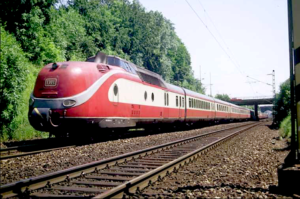
In recent years, however, investment and significant technological advances have seen the European railway network expand considerably, connecting major cities with smaller towns and even villages, offering commuters new opportunities and greater mobility. The most popular routes are usually served by several trains per hour, so you can get to your destination on time and avoid other, more polluting modes of transport.
In recent decades, the practise of living in one place and working in another has become a common way of life for many people (apart from the recent increase in remote working). At the end of 2022, the total length of railway networks in the European Union was more than 200,000 km, with Germany and France leading the way in this extensive infrastructure. As highlighted in a recent report, Switzerland’s national railway system has been recognised as the highest quality in Europe.
According to a comparative study, Sweden’s high-speed trains are ranked among the least punctual. The same source, (thelocal.se) indicates that German DB (Deutsche Bahn) doesn’t fare much better. The German newspaper ‘Zeit’ reported that Deutsche Bahn paid over 92 million euros in compensation to passengers due to delays in 2022. The article also states that only around 65 percent of Germany’s long-distance trains arrived at their destinations on time. Notably, there was a significant increase in compensation applications, with approximately 3.8 million processed last year, representing a surge of 2.2 million cases compared to 2021.
However, the German government is massively encouraging the population to use the train as their main means of transport, even though distances in Germany are quite long. the ‘Deutschland-Ticket’ is a concept introduced by DB that costs 49 euros per month. The holder of such a ticket can travel anywhere in Germany and by all means of transport, including rail (with the exception of ICE express trains). The concept builds on the success of the €9 ticket, which was offered as a special measure in the summer months of 2022 to relieve people in the face of the sudden rise in the cost of living and inflation following the Covid pandemic. This initiative also benefited the environment and boosted domestic tourism. Today, the single monthly rate of 49 euros simplifies things considerably and obviously encourages people to replace their own cars with public, more environmentally friendly means of transport.
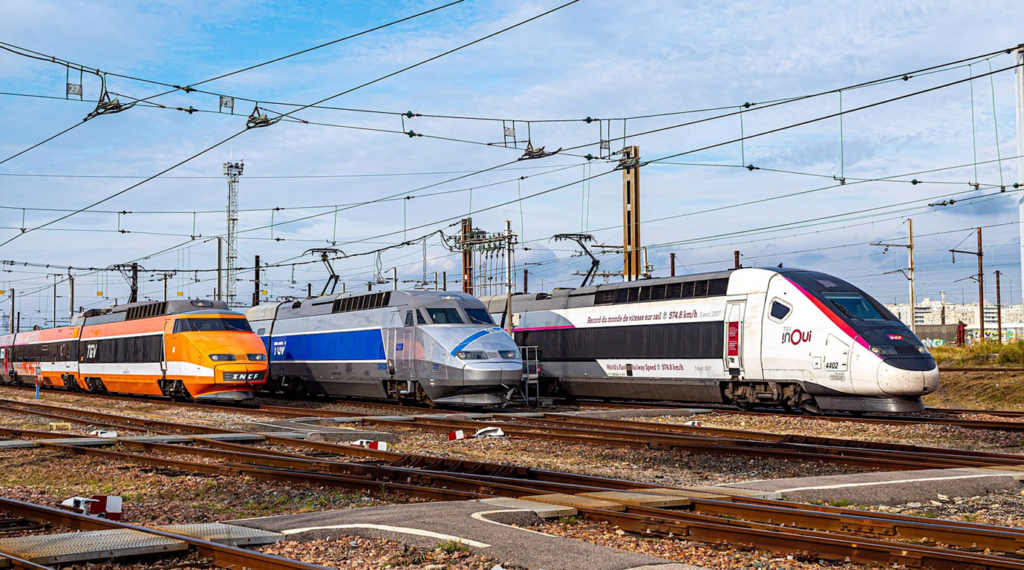
The French TGV network (Train à Grande Vitesse) offers extensive connections to over 200 cities in France and around 30 cities throughout Europe. The TGV ‘OUIGO’ offers a low-cost alternative with speeds of up to 300 km/h. Prices for the ‘OUIGO’ start at just 10 euros for adults and 8 euros for children.
‘Summer is almost here… What are your plans for the holidays?’ That’s how SNCB (The Belgian National Railway Company) promotes its train deals. ‘More trains and more kilometers covered’ is the goal of the SNCB expansion plan starting December 2023. This ambitious rail project aims to boost the number of train passengers by 30 percent by 2032. Between 2023 and 2026, the kilometers covered by trains are expected to grow by 7.4 percent, making this the most ambitious railway plan ever in Belgium. By the end of the period, there should be an extra 2,000 trains running each week. But for now, the expansions are somewhat limited by staff shortages.
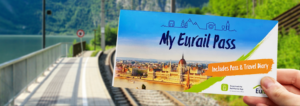
At EU level, DiscoverEU is an action of the Erasmus+ programme that offers everyone turning 18 this year the opportunity to explore the diversity of Europe, mainly by train. Europeans between the ages of 12 and 27 can also benefit from the Eurail Youth Pass, which offers up to 25 per cent off normal adult fares for all train journeys, whether they are students, backpackers or simply want to travel around Europe. After purchasing a Youth Pass, you have up to 11 months to travel.
At the same time, a large bus transport network has developed in Europe, which is still much cheaper than the train, albeit not as fast. For years, especially after the fall of the Iron Curtain, migration between Eastern and Western Europe was mainly carried out using minibuses and coaches. We all have the legendary American Greyhound in mind when we talk about public buses. Eurolines or Flixbus are just a few examples of companies that currently offer coach travel at discounted prices (from just 5 euros) to thousands of destinations in Europe.
One of the main obstacles to the further development of the integrated European railway system is that there is still a significant gap between Eastern and Western Europe in terms of infrastructure, capacity and standards of railway transport. At the same time, there are also cultural and mental differences that sometimes hinder the rapid transition to a green transport system. However, trains are one of the safest modes of transport with relatively few incidents compared to other popular modes of transport such as private cars or public buses, even if they are not as safe as airplanes. The UK has the safest railway transportation in Europe.
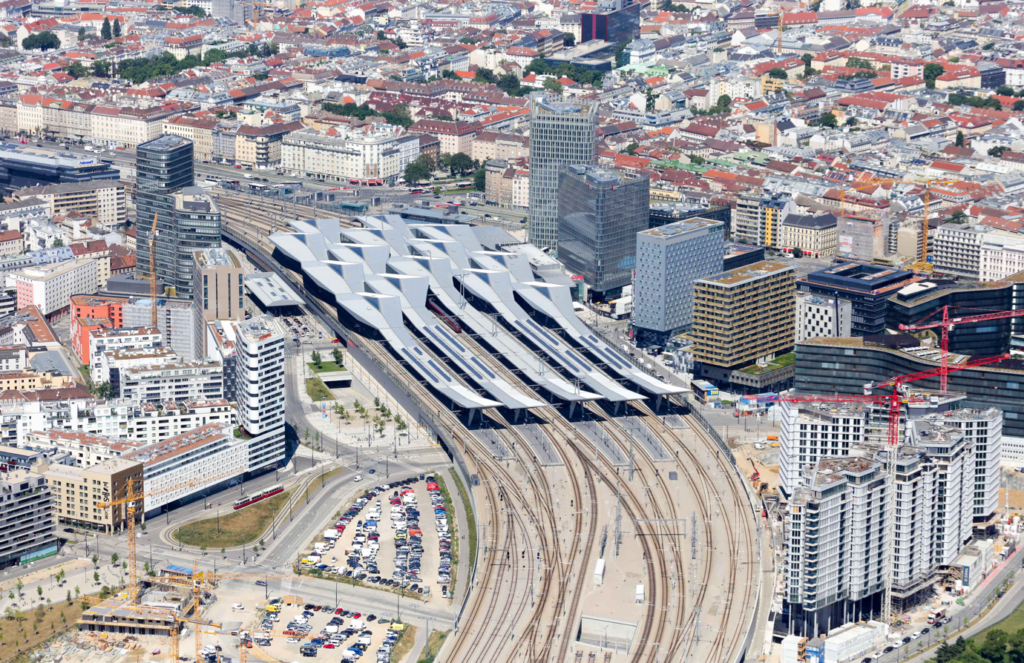
Railway companies are constantly investing in their infrastructure to enhance safety and they often adopt latest technologies. Also, trains are usually safer because they are less affected by severe weather conditions than other means of transportation.
A report on railway safety and interoperability in the EU, published by the European Union Agency for Railways (ERA) in 2022, states: “European railways remain among the safest in the world, with serious accidents (with five or more fatalities) becoming increasingly rare and major accidents decreasing in recent years. The safety level recorded for 2020 is the highest in history. The risk of a train passenger having a fatal accident is around a quarter of the risk for a bus passenger and is similar to the risk for a passenger on a commercial aircraft. The use of individual means of transport, such as a car, carries a much higher risk of death: the probability of a car passenger dying is almost 50 times higher than that of a train passenger travelling the same distance. The risk of death for an average train passenger is currently around 0.058 deaths per billion passenger kilometres, making the train the safest means of land transport in the EU by comparison”.
However, when a train accident occurs, it usually attracts a great deal of attention and is eagerly exploited by the media. The worst railway accident occurred in Germany (Eschede) in 1998, when a high-speed train derailed due to a crack in a wheel and crashed onto an overpass above the railway line. The bridge then collapsed onto the Hanover-Hamburg train, killing 101 people and injuring 88 others.
The aforementioned ERA report states that “rail is the most sustainable, affordable and effective mode of transport to achieve the goal of decarbonisation and that it could be the backbone of European transport”.
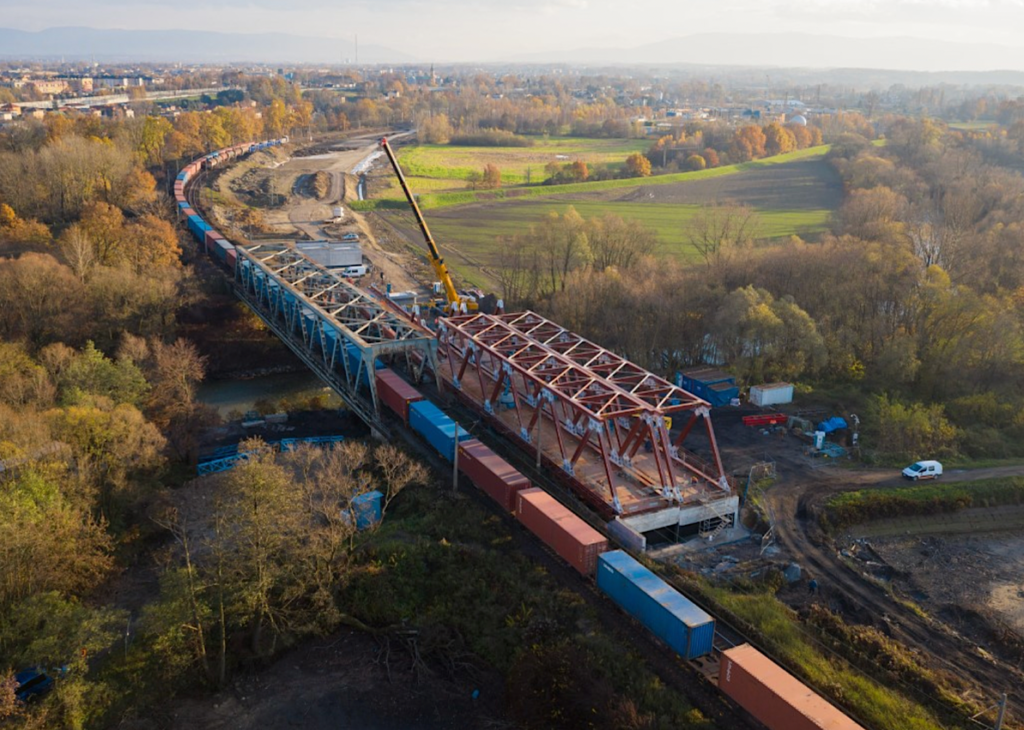
In the meantime, however, many commercial short-haul flights are still relatively cheap (although air fares have risen significantly after the pandemic) and also much shorter than the alternative train routes, so in many cases there is no real and strong incentive to take the train.
Another issue that cannot be ignored in recent years is the fairly frequent strikes by railway workers in various European countries. As in local public transport, where a strike disrupts all urban transport and causes chaos, strikes in rail transport also cause serious problems that can undermine people’s confidence in the reliability and predictability of rail transport.
2021 was the European Year of Rail, which emphasised how trains can help the EU achieve its climate target of becoming climate neutral by 2050. The year 2021 ended with a European Rail Summit on the margins of the informal meeting of transport ministers and also marked the official launch of the Joint European Railway Undertaking, the new EU partnership for railway research and innovation, which aims to make European railways more efficient, accessible and user-friendly.
European Commissioner for Transport, Adina Vălean, said: “2021 has truly been a European Year of Rail, with many initiatives that put rail at the centre of attention across Europe. But more importantly, we have had a first glimpse of the rail renaissance we are working towards by opening or announcing new rail links.”
When asked how the European Union can directly promote the change of travel habits of the continent’s inhabitants, taking into account the great cultural and mental differences between countries in terms of transport, Mrs Vălean said: “First of all, I would like to make it clear that I do not believe in forcing people to change their habits. However, I want to make sure that everyone has a full overview of their options – including the impact of those options – so that they can make an informed decision.
CountEmissionsEU will help. This proposal, which I presented this summer, foresees a common methodology that companies can use to calculate their greenhouse gas emissions if they choose to publish this information, or if they are asked to share it for contractual reasons. Reliable data on door-to-door emissions will enable operators to benchmark their services, and allow consumers to make informed choices on transport and delivery options.
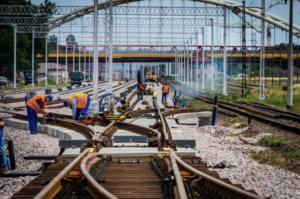
I also believe that mobility habits depend as much on the attractiveness of transport services as much as any cultural differences, if not more so. If certain services are attractive, demand will follow.
This is why we are investing time and money in supporting the more sustainable transport modes in their efforts to become more attractive for passengers and shippers. In 2014-2020, we spent 16.6 billion euros under the Connecting Europe Facility on modernizing rail infrastructure. For rail, I equate attractiveness with shorter journey times, greater reliability and lower ticket prices.
For shorter journey times, we need greater interoperability. We are also working towards the completion of our TEN-T network – the grid of railway lines, ports, inland waterways and roads connecting the EU’s key cities. Once the network is complete, it will cut train travel times: from 4.5 hours to 2.5 hours between Copenhagen and Hamburg, for example.
On price, I often hear comparisons between rail and aviation. Lower ticket prices for flights are the result of 30 years of market liberalization and fierce competition between companies. On average, three carriers compete on the same route. Since the fourth railway package of 2016, we are beginning to see more market opening for rail, and all the advantages that this brings. Ticket prices are down on all routes with new entrants – between Madrid and Barcelona, for example.

When it is not possible to change habits, we can still reduce the impact of these habits! Some trips can only be made by road. Using an electric vehicle will significantly reduce the emissions associated with these journeys. But electric vehicles need charging! The recently agreed Alternative Fuels Infrastructure Regulation sets targets for the roll-out of this infrastructure so that we can all drive electric vehicles with confidence.
For shorter distances, particularly in an urban context, we need to do more to make public transport and active mobility attractive – by making it easier to switch between the two, for example, and providing safe infrastructure for pedestrians and cyclists.
In October I presented a Cycling Declaration – a set of principles to boost cycling across the Union. We are already seeing a huge increase in the number of bikes on our roads, even if this is not yet the case everywhere. But I am optimistic. If you haven’t seen photos of Amsterdam in the 1980s, check them out. The city had just as much congestion then as would associate with Milan or Bucharest today. Today, bikes rule. Change can happen, and it will for mobility”. (The European Commissioner for Transport, Adina Vălean)
The EU Sustainable and Smart Mobility Strategy and its Action Plan with 82 initiatives is a comprehensive and ambitious guide for the coming years to create a greener and more efficient digital transport system in Europe that is more resilient to future crises. As set out in the European Green Deal, “the result will be a 90 per cent reduction in emissions by 2050, achieved through a smart, competitive, safe, accessible and affordable transport system.” (Source: transport.ec.europa.eu)
According to the EU’s plans, high-speed transport should double across Europe by 2030, while journeys by public transport that are shorter than 500 km should be climate-neutral. Innovation and digitalisation are tools with which the European Union is trying to influence the way passengers will travel in the future.
Today, only 7 per cent of all kilometres travelled by train in Europe are cross-border journeys. One of the aims is therefore to support and improve networked and automated multimodal mobility – for example, by enabling passengers to buy tickets for multimodal journeys and switch effortlessly between different modes of transport.
A special project was launched as part of the European Year of Rail: Connecting Europe Express, a special EU train that travelled across the continent from 2 September to 7 October 2021, visiting more than 100 cities in 26 countries, starting in Lisbon and ending in Paris. The aim of this project was to promote travelling between European countries by train as a practical and convenient way to travel.
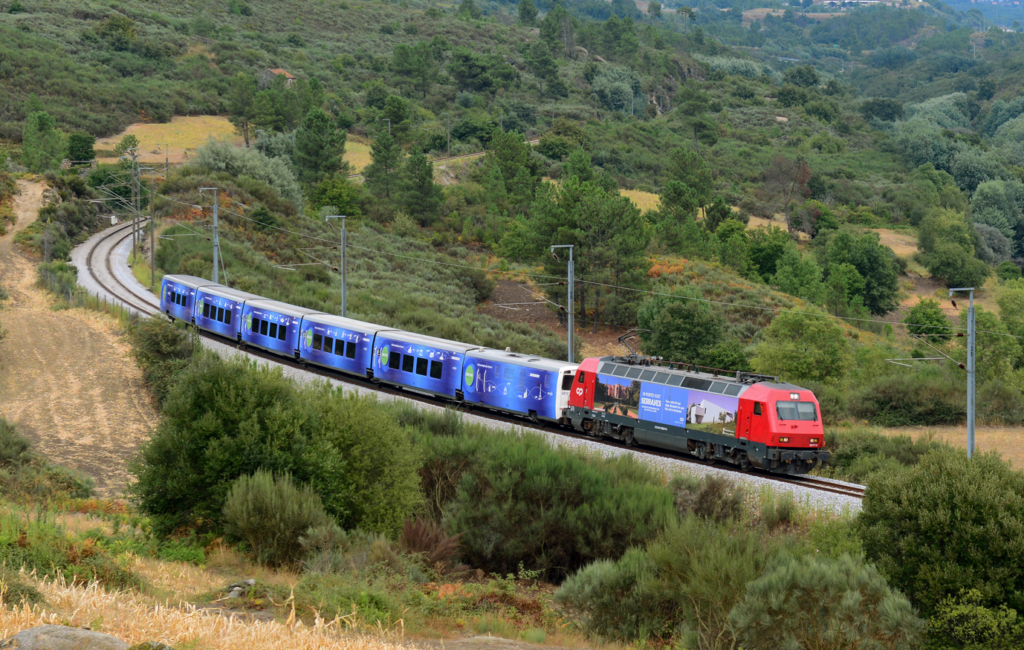
But we cannot ignore the still wide gap between the different EU Member States when it comes to railway infrastructure. On this subject, Mrs Vălean said: “The infrastructure is different in many EU Member States and this is frustrating in many ways: economically, environmentally, safety-wise and simply for convenience. Take the three different track gauges used in the EU. These clearly hinder the smooth passage of trains across the continent. We therefore propose that the European standard gauge be used for all new railway lines. Member States should also consider which existing railway lines should be converted to European standard gauge. The long-term goal is to connect all Member States on the continent to the European standard gauge.
Through our legislation on the TEN-T, we are moving towards key parts of our infrastructure meeting the same minimum criteria. We are also supporting the investment that is needed to get to that point. Those EU Member States with a lower GDP are eligible for EU funding to cover 85 percent of the costs of rail infrastructure projects. I would encourage these countries to make the most of this opportunity. This year we also proposed revisions to the EU’s Technical Specifications for Interoperability to move towards common specifications for rolling stock, infrastructure and signaling, as well as operating rules for trains.
It is important that we also look beyond our borders. We have already proposed extending our European transport corridors to Ukraine, Moldova and the Western Balkans. This will bring their infrastructure closer to the European standard.
Some of the Central and Eastern European Member States that joined the EU this century initially prioritized developing their road infrastructure. Now that these roads are generally of a high standard, it is time to focus on rail. Ultimately, I want trains to be able to cross Europe with the same ease as cars can.” (The European Commissioner for Transport,. Adina Vălean)
Other than cultural and local particularities, the general public doesn’t seem to have a strong preference for one means of transport or another, as Mrs Vălean also pointed out. In most cases, it is the quality of a journey, the speed and the price of this service that determine the choice of travellers. It’s up to the authorities and transport companies to position themselves on the market and to offer services that can contribute to and shape a greener, cleaner and more sustainable European future.

